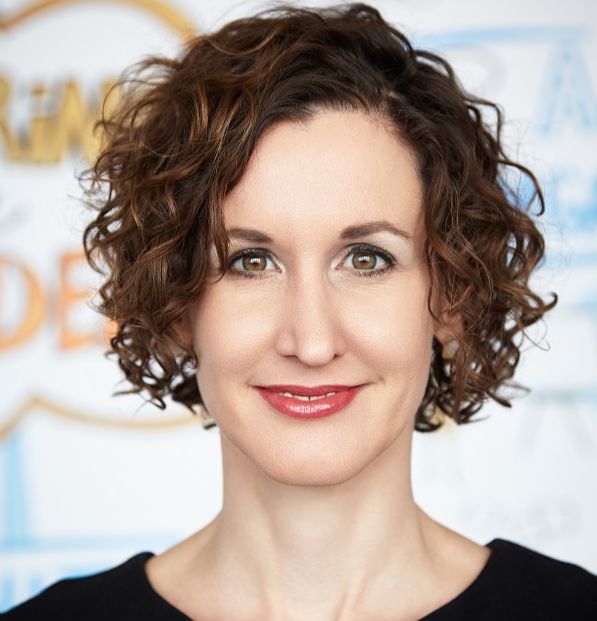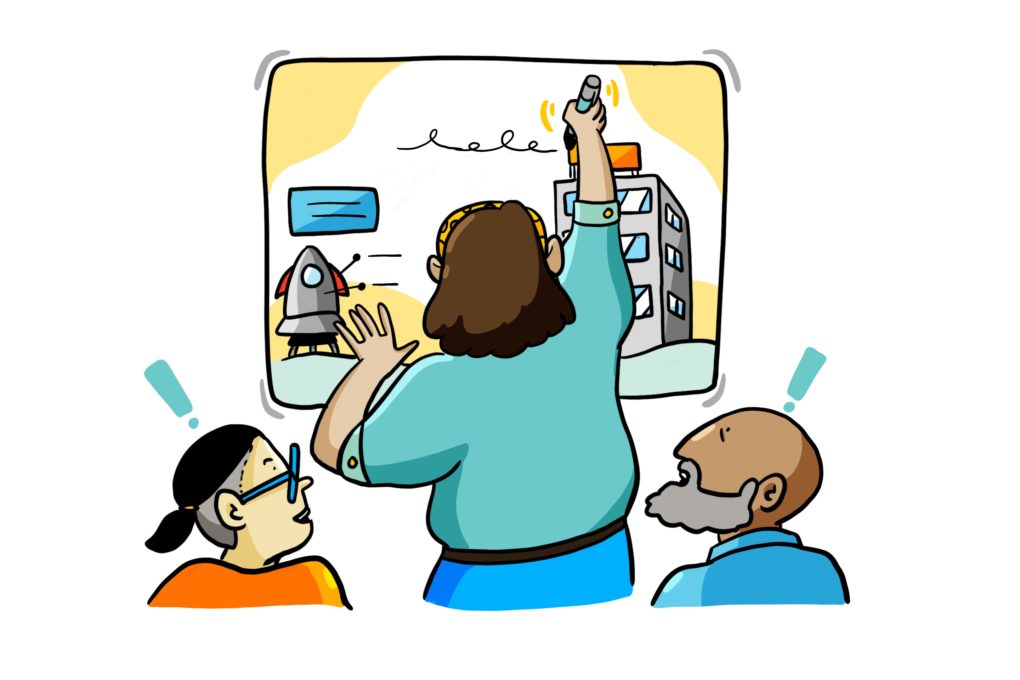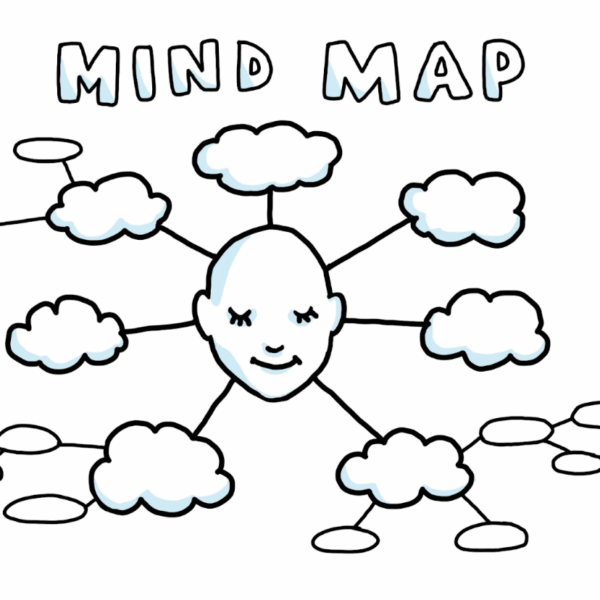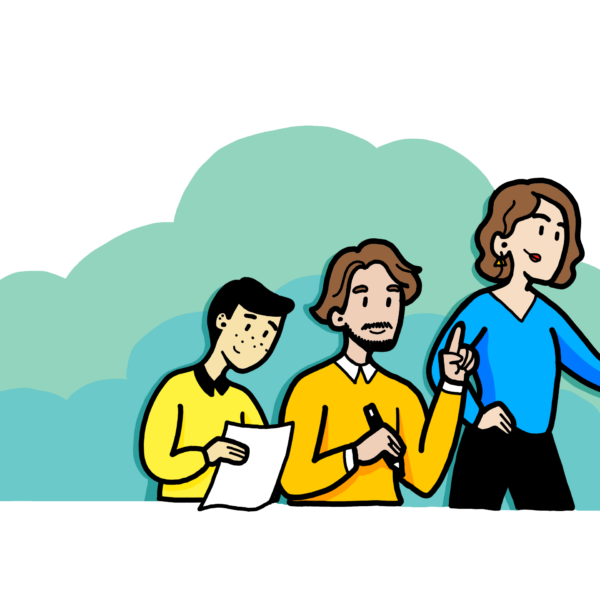Meet the Instructor, Nora Herting
In our last article, we were thrilled to announce a new partnership, The Impact Alliance, and new offering from ImageThink, and our partners at Visuality. The Impact Academy will offer e-learning courses on how to leverage the power of visuals, facilitate better meetings, present with more confidence, and inspire more creative thinking. The first class, available now via The Impact Alliance website, is ImageThink CEO Nora Herting’s virtual brainstorms course.

Why a virtual brainstorms course now?
NH: Lots of reasons. Not sure if you noticed, but in general, we humans have a lot of problems to solve and old solutions and behaviors aren’t working. No matter who you are, or what industry you are in, you have experienced disruption, or your clients have. Now is the time for creative thinking, collaboration, and for looking at things a little differently. In addition, this moment of disruption is a good time to not only figure out how to do virtually what you used to do in person, but also possibly an opportunity for a start fresh.
After 12 years of working with clients, I began to notice that the idea generation portion of an agenda was often very short. Alarmingly short. Leaders would underestimate how much time the process takes, how much inputs and context can matter. I remember a session with a major beverage company – the objective of the session was a Shark Tank inspired. The CMO had $100k to award to the best marketing idea generated. They gave every team only 30 minutes to come up with an idea using a technology that they had just learned about. Not surprisingly, the originality of the ideas and the thoroughness of the proposals betrayed the fact that they were created by a group – who had never worked together before – in 30 minutes. But one of them was funded.
What can people expect to learn in the brainstorms course?
NH: We cover core principals such as the design thinking core tenet “framing” – ways to design and foster diversity of thought by changing up the format- people often think of brainstorms as a free for all of verbal ideas- not only does that not work for every participant, but by changing up the format and approach to how you prompt and illicit ideas- you actually get more diverse ideas, and ultimately better outcomes.
How have you as transformation makers and change facilitators helped clients over the past year?
NH: It might sound basic, but fundamentally, we have helped demonstrate to clients, that fundamentals are the same in virtual environments as they are in person. A well framed problem, a well designed innovation session, with people who are thoughtful and invested is going to yield good results, no matter what. Sometimes the approach has to change, or the platform, but we work to make those things recede into the background.
Why incorporate visuals and drawing into brainstorming sessions?
NH: I speak to it in the course, but there are four primary reasons to include visuals in your brainstorming meetings.
First, visuals aid communication and holds focus, because they distill key points into text and pictures to ensure the speakers ideas are clear.
Secondly, visuals equalize voices, so no matter how many times or how loudly someone verbally shares their idea, it is captured once, as is everyone’s input.
Third, visualized notes build a shared vision of the future, tracking everyone’s contributions, developing alignment, and building engagement.

Fourth, visuals clarify themes and provide structure. An expert graphic recorder will create order out of the natural chaos of a brainstorm, by grouping similar ideas and concepts revealing common themes.
How has virtual/remote work both hampered and helped brainstorming and collaborative ideation?
NH: First of all, access, we are able to gather more diverse groups of people together. This could mean you can have a wider variety of perspectives in your session. Virtual tools like Miro or Mural mean that groups can add ideas simultaneously, or asynchronously. The virtual brainstorm challenges our ideas about when, how and who is in a brainstorm.
What is the number one tip you would tell a client who needed to lead a brainstorm online TODAY?-
NH: The same tip I would give someone leading one in person- spend time examining the real problem you are trying to solve before you gather people together to possibly solve the wrong issue.

